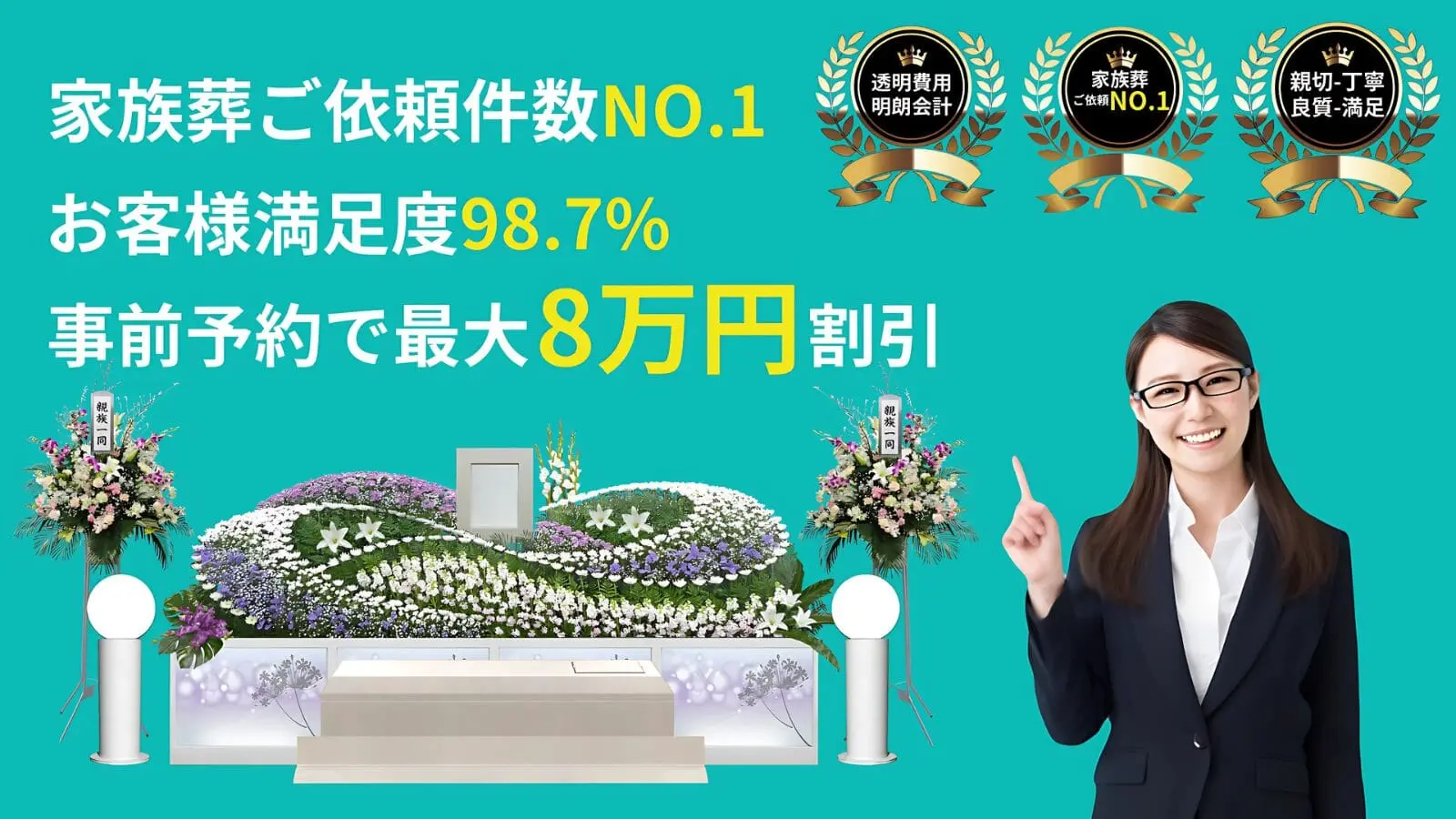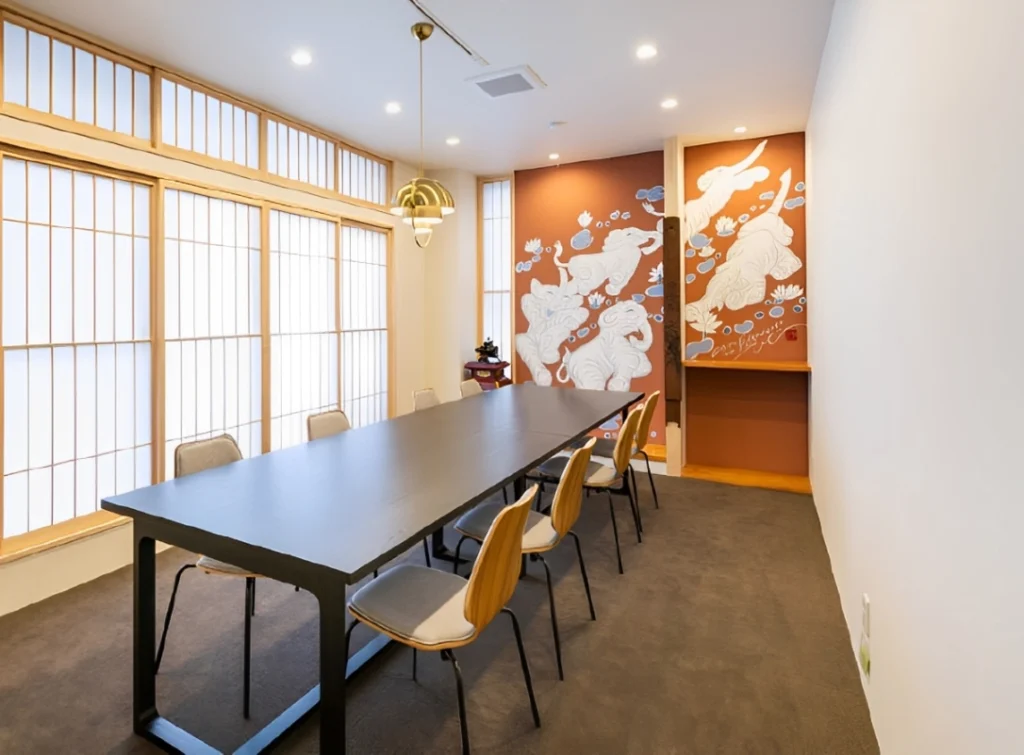
Nishinomiya and Ashiya, two neighboring cities in Hyogo Prefecture, Japan, are steeped in cultural heritage and modern conveniences. Both cities, part of the Hanshinkan region between Osaka and Kobe, offer a range of funeral services that blend traditional Japanese practices with contemporary needs. This article explores funeral services in Nishinomiya and Ashiya, focusing on general funerals and family-oriented ceremonies, while addressing the unique characteristics of each city’s approach to commemorating the deceased.
Nishinomiya City Funerals
Nishinomiya, a city of approximately 480,000 residents, is known for its cultural landmarks like Nishinomiya Shrine and Hanshin Koshien Stadium. Its funeral services reflect the city’s balance of tradition and modernity, catering to diverse needs through municipal and private facilities.
Overview of Funeral Services
Funerals in Nishinomiya typically follow Japanese Buddhist traditions, though Shinto and secular ceremonies are also available. The process often includes a wake (otsuya), a funeral ceremony (soshiki), and cremation, with costs varying based on the scale and preferences. The Nishinomiya Municipal Manchidani Funeral Home is a key facility, offering affordable public services. Private funeral homes, such as City Hall Nishinomiya, located at 1-1 Tsutogawacho, provide additional options, though reviews suggest mixed satisfaction, with an average rating of 2.5 stars.
Traditional Practices
Japanese funerals in Nishinomiya often involve Buddhist rituals, including chanting by monks and offerings of incense. Families gather at a funeral hall, such as those near the Hanshin Line, to honor the deceased. The wake is held the evening before the funeral, where attendees pay respects, followed by a cremation ceremony. Cremation is nearly universal in Japan, with Nishinomiya’s facilities handling this step efficiently. Families may later place ashes in a family grave or columbarium.
Costs and Accessibility
Funeral costs in Nishinomiya vary widely. A basic funeral through a municipal facility like Manchidani might cost ¥200,000–¥500,000, covering the ceremony and cremation. Private funeral homes may charge ¥1,000,000 or more for elaborate services, including additional features like catering or memorial photography. Social media posts on X highlight a “funeral expense benefit” of up to ¥120,000 for those enrolled in National Health Insurance, easing financial burdens. Accessibility is enhanced by Nishinomiya’s proximity to Osaka and Kobe, with funeral halls easily reachable via JR, Hanshin, or Hankyu train lines.
Floral Arrangements and Tributes
Floral tributes are a significant part of Nishinomiya funerals. Services like GiftBlooms offer same-day delivery of funeral wreaths starting at ¥24,950, allowing families to express condolences with customized messages. These arrangements are often displayed during the wake and funeral, adding a personal touch to the ceremony.
Nishinomiya City Family Funerals
Family funerals, or kazokusou, are smaller, more intimate ceremonies gaining popularity in Nishinomiya. These focus on close relatives and friends, aligning with modern preferences for simplicity and cost-effectiveness.
Characteristics of Family Funerals
Unlike traditional general funerals, family funerals in Nishinomiya prioritize privacy and minimalism. A notable example is やさしく送る家族式 ふわり, a funeral home near Kaikoji Temple and Imazu Hama Ebisu Shrine. These ceremonies typically involve 10–30 attendees, reducing costs and logistical complexity. A 2025 X post described a family funeral where unnecessary services, like extra photos, were excluded, resulting in a streamlined yet meaningful event.
Advantages and Trends
Family funerals are favored for their affordability and emotional intimacy. Costs can be as low as ¥300,000–¥600,000, compared to ¥1,000,000+ for traditional funerals. The rise of “one-day funerals” (ichinichisou), which combine the wake and ceremony into a single day, reflects a trend toward efficiency, as noted in the same X post. Nishinomiya’s funeral homes cater to this demand by offering flexible packages, including options for microbus rentals or catering for mourners.
Cultural Considerations
Family funerals maintain 西宮市家族葬 cultural respect while adapting to modern lifestyles. Nishinomiya’s emphasis on community and harmony ensures these ceremonies remain dignified, with Buddhist monks often present for chanting, though secular options are available. The city’s funeral homes, like ふわり, are strategically located near cultural sites, blending spiritual significance with practical access.

Ashiya City Funerals
Ashiya, a smaller, affluent city adjacent to Nishinomiya with a population of about 95,000, is known for its upscale residential areas and Hanshinkan Modernism culture. Its funeral services mirror this sophistication, offering high-quality facilities and personalized options.
Funeral Services in Ashiya
Ashiya’s funeral services are provided by private funeral homes and regional facilities, often shared with Nishinomiya due to proximity. While Ashiya lacks a municipal funeral home like 芦屋市家族葬 Nishinomiya’s Manchidani, residents can access nearby venues or opt for private providers. These services copyright traditional Japanese funeral practices, with an emphasis on elegance and attention to detail, reflecting Ashiya’s affluent character.
Cost and Customization
Funeral costs in Ashiya tend to be higher due to its upscale demographic, often ranging from ¥800,000 to ¥2,000,000 for comprehensive services. Private funeral homes offer customization, such as floral arrangements from providers like Euroflora, which delivers sympathy flowers starting at €88 (approximately ¥12,000). These can include personalized bands with family names, enhancing the ceremony’s emotional impact.
Community and Accessibility
Ashiya’s compact size and excellent transport links via Hanshin and JR lines make funeral venues accessible. The city’s community-oriented culture ensures that funerals, while formal, foster a sense of togetherness. Local temples and shrines often play a role, with some families choosing venues near cultural sites for spiritual significance.
Ashiya City Family Funerals
Family funerals in Ashiya mirror those in Nishinomiya but are tailored to the city’s affluent clientele, emphasizing bespoke services and privacy.
Features of Family Funerals
Ashiya’s family funerals are intimate, often held in private homes or small venues to accommodate close-knit groups. These ceremonies prioritize personalization, with options for custom floral tributes or memorial keepsakes. The focus on quality aligns with Ashiya’s reputation as a luxury residential area, where even smaller funerals maintain a high standard of presentation.
Cost-Effectiveness and Trends
While Ashiya’s family funerals are pricier than Nishinomiya’s, averaging ¥500,000–¥1,000,000, they remain more affordable than traditional ceremonies. The trend toward one-day funerals is also evident, with families opting for efficiency without sacrificing dignity. A 2025 X post discussing simplified funeral options reflects this shift, noting the exclusion of non-essential services to focus 芦屋市家族葬 on meaningful rituals.
Ethical and Practical Considerations
Ashiya’s funeral providers emphasize ethical practices, ensuring transparency in pricing and services. Unlike some private agencies criticized for hidden fees in related industries (e.g., detective services), reputable funeral homes in Ashiya maintain clear communication with clients. The city’s proximity to Nishinomiya allows residents to utilize facilities like Manchidani Funeral Home, balancing cost and quality.
Cultural and Legal Context
Both Nishinomiya and Ashiya adhere to Japan’s funeral regulations, requiring death certificates and cremation permits, as noted in a 2025 X post. Cremation is mandatory due to limited cemetery space, with only a few locations in Japan permitting in-ground burials. Families in both cities benefit from government subsidies, such as the ¥120,000 funeral expense benefit, which alleviates financial strain.
Modern Influences and Challenges
The rise of multicultural populations in Japan has introduced new challenges, such as disputes over burial practices. A 2025 X post highlighted issues with foreign burials, including illegal practices by some providers. Both cities are adapting by offering flexible services to accommodate diverse cultural needs while maintaining traditional respect for the deceased.
Funerals in Nishinomiya and Ashiya reflect a harmonious blend of tradition and modernity, catering to diverse needs through general and family-oriented ceremonies. Nishinomiya’s municipal and private funeral homes, like Manchidani and, offer accessible and affordable options, while Ashiya’s services emphasize elegance and personalization. Both cities navigate Japan’s cultural and legal frameworks, ensuring dignified farewells. As societal preferences shift toward simpler, more intimate ceremonies, Nishinomiya and Ashiya continue to provide meaningful ways to honor the deceased, supported by accessible facilities and community-oriented practices.